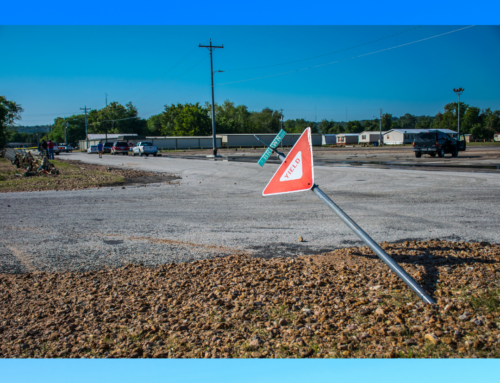 Healthcare professionals—and the systems in which they operate—must be increasingly savvy and courageous to deal with the constant changes in legislation, research, and fiscal realities they face. These changes affect every sector of the community, including the health systems we depend on, and they affect our future story as individuals and communities.
Healthcare professionals—and the systems in which they operate—must be increasingly savvy and courageous to deal with the constant changes in legislation, research, and fiscal realities they face. These changes affect every sector of the community, including the health systems we depend on, and they affect our future story as individuals and communities.
For several years now, I have been inviting health professionals to share their insights and experiences about the problems facing health systems, providers, and their communities. As part of these dialogues, some have made the “business case” for using Bridges Out of Poverty in helping improve health outcomes. It appears this approach is bearing fruit.
Recognizing the important connection between good health and good business, Ruby Payne, myself, and two health administrators—Dr. Jan Young and Lucy Shaw of Memphis, Tennessee—wrote Bridges to Health and Healthcare: New Solutions for Improving Access and Services, which aha! Process will be releasing in January 2014. The book builds on the Bridges concept, recognizing that it takes tremendous effort to find new ways of approaching health in America while keeping institutions from “going under” in the process.
What we are increasingly seeing in the face of challenge is innovation, new ideas, and progress being made to break through the roadblocks and clear the path to health equity. Health professionals are thinking differently now, throwing out some of their old views and looking to science and business models for new paradigms and best approaches.
The four research areas health professionals typically focus on when working to build better health service outcomes are as follows:
- Access
- Availability
- Cost
- Value/Quality
But there are two additional categories of research that should be addressed to complete the healthcare continuum: Efficacy and Communication. The table below defines each of these research areas.
|
Research Areas for Health Professionals |
|||||
|
Access |
Availability |
Cost |
Value/Quality |
Efficacy |
Communication |
|
Ability to engage with a healthcare provider, system, or resource |
The conditions and timeframe in which care is received or allowed |
The actual cost, the price charged, and the amount paid for services offered or provided |
The extent to which services provided actually improve health outcomes |
Capacity to produce desired or optimal health outcome at the individual, institutional, community, and policy level |
Verbal and nonverbal tools for reciprocal shared meaning and communication that positively impact health outcomes |
When we see Bridges champions applying the Bridges Out of Poverty concepts and strategies in health settings, it becomes clear that providers and communities can in fact better navigate the rough waters and improve health within current health systems. Health professionals are now seeing the positive effects that efficacy and communication are having on reducing costs and improving the quality of health. This progress, in turn, is triggering an increase in positive health outcomes, especially for more vulnerable populations.
We invite professionals involved in every aspect of the health system—medical, community, dental, behavioral—to take part in the process of changing individuals, systems, communities, and policies. We honor the health sector and hope to continue to engage in dialogue with health professionals in the process. The motivation is not entirely altruistic; it is a matter of doing great things in tandem with getting the best quality at the best possible cost.
___
To pre-order a copy of Bridges to Health and Healthcare: New Solutions for Improving Access and Services visit the store, or to receive an email when the book is available for purchase, please email us at books@ahaprocess.com.
____________________________________________________________________________________








